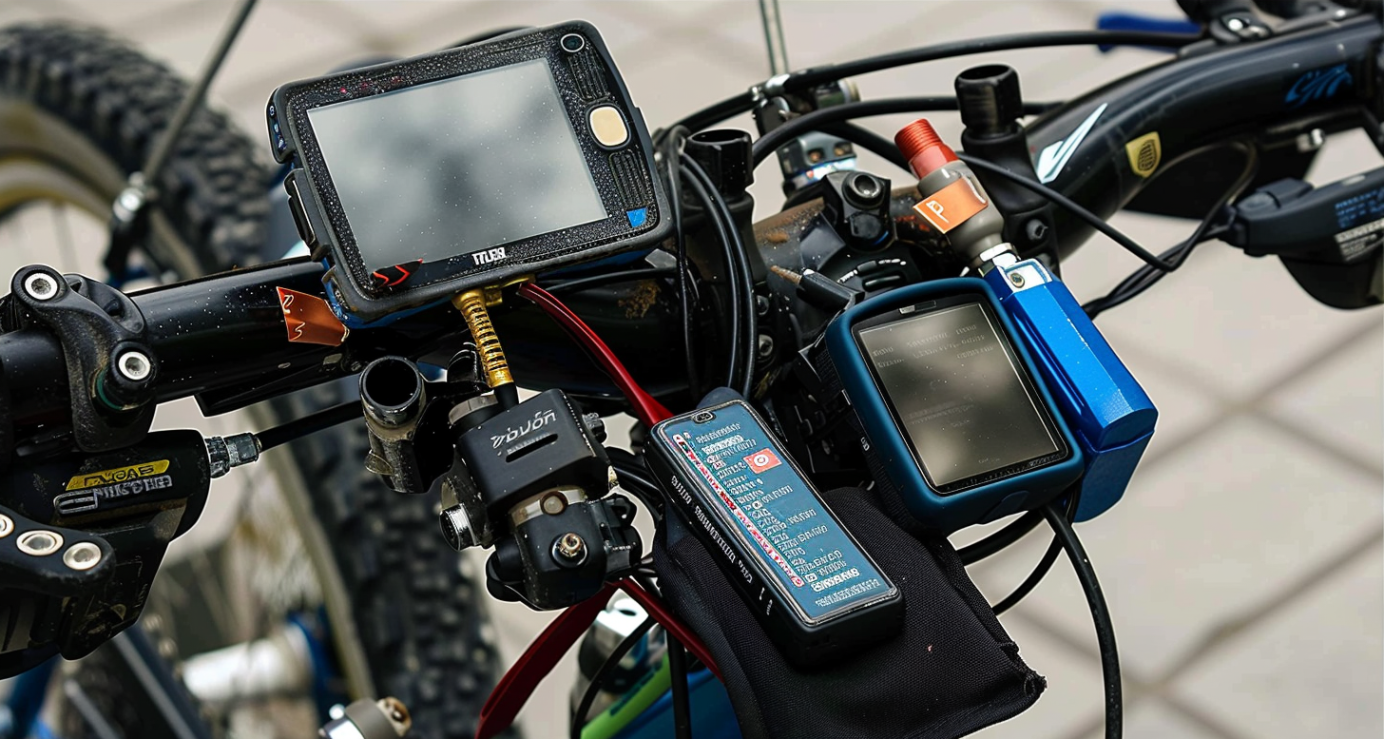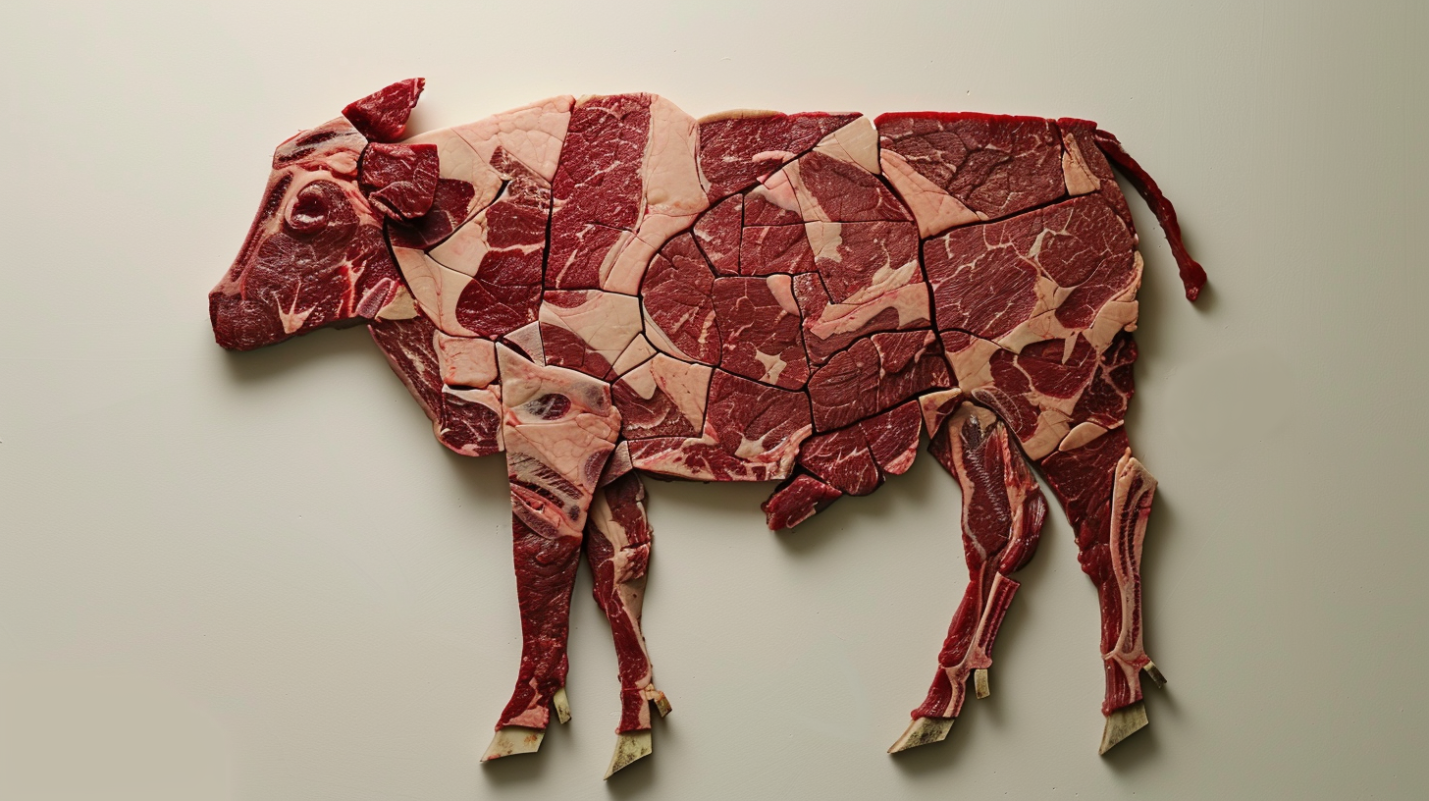From time to time, I count calories. Since forever, I’ve done this with MyFitnessPal.
If you’ve never used an app like this, it might look pretty straightforward. You fill in a few questions: height, weight, gender, activity level, etc., and the app generates a calorie recommendation. You track your calories and try to get as close as possible to the recommendation.
In practice, it’s a mess. You get up in the morning determined to be fastidious about your calories, and everything goes well for a while. You have a piece of toast, take a snapshot of the barcode, and the app logs the calories. Add a little butter, weigh it on your scale, search for butter in the app, and enter it in.
Then you pull some leftover steak out of the refrigerator, heat up a nice piece, weigh it, and proceed to look it up in the app. Of course, the app has more than one choice for steak. It gets more specific than that. In fact, it gets more specific than ribeye, filet, or strip—a lot more specific. The app has entries like “Beef Plate Inside Skirt Steak Separable Lean Only Trimmed …”
That’s where it starts to go wrong. Was my steak trimmed? Is this “plate inside” (whatever that means) skirt steak or something else? Should I weigh it before or after cooking? If I weigh it after cooking, it still weighs less this morning than it would have weighed last night because I’ve dried it out a bit reheating it, so how do I account for that? If I cooked it on the grill, how do I know how much fat dripped off? If I cooked it in a pan, how do I know how much oil was absorbed? Was the cow an Angus or a Hereford? Was it grass-fed or grain-fed? Did it live in a pasture or a feedlot?
Exercise is a bigger mess. My favorite exercise is cycling. It’s not strenuous, but you do it for hours at a time and burn a ton of calories. I’ve got a bicycle computer, a wearable, and the app’s own calculator, and they each give wildly different estimates for calories burned. Which do I use? Also, my wearable calculates calories differently if I walk to the store vs. “hike” to the store. How often should I track light activity and how much should I simply allow to fall into the “moderately active” bucket I defined when setting up the app?

There is a whole industry of scales, meters, calipers, bands, watches, cuffs, tables, calculators, and other means to help you measure the calories you consume and burn. And if that’s not enough “qualitative” opinions for you, you can even ask an AI.
But is even this enough? I regret reading that you’re not approaching the full predictive power of measurement unless you measure calories out–not just calories burned, but calories out. I haven’t checked, but there’s probably a device for that too. If that’s what it takes to get abs, I guess I don’t want them bad enough.
It can drive you crazy. At least, it can drive me crazy.
But I’ve tried a new alternative to MyFitnessPal, MacroFactor. MacroFactor is a paid app, and it arguably has fewer features than the free version of MyFitnessPal. However, it has one feature MyFitnessPal lacks: each week, MacroFactor adjusts your calories automatically. If you are over your weight target for a week, it will adjust your calorie target down a bit; below your target, adjust it up.
Simple, but it saves so much. I don’t have to worry if my skirt steak is inside, outside, plate, or … fork(?). I don’t have to worry if my vegetables are radishes or turnips. I don’t have to determine if my apricots are Spanish or Turkish, goldcot or blenheim. And the creators of the app suggest you don’t track exercise at all! Just keep doing things the way you’ve been doing them and everything will even out over time through calorie adjustments.
I could have made the same adjustments manually with MyFitnessPal, but some head game always got in the way: “Maybe I shouldn’t adjust down because I have plans to go riding next week,” or, “Maybe I shouldn’t adjust up because the forecast calls for rain.” Despite clear evidence that I’d failed to predict my calorie needs, I would once again rely on prediction.
This idea was right in front of my face (and preached to me my entire youth by pre-digital fitness gurus), but I had to be sold. I have been conditioned by living in the modern world to believe that, with the right formula, input reliably predicts output, no matter how unreliable that input is. The truth is that by succeeding to adapt instead of failing to predict, I have a far better chance of success.
In principle, there is no reason to choose just prediction or just adaptation. In practice, of course, there are opportunity costs to consider and the head games are real.
There are lessons here for my industry (safety), but this time I won’t spell them out. I will just repeat again that when it comes to data
- Cheap is better than expensive.
- A lot of one thing is better than a little of many things.
- Reliability is paramount.
- There are four steps in "plan do check act" for a reason. You will accomplish more by doing and checking than by (figuratively, I hope) measuring your crap [metrics].




